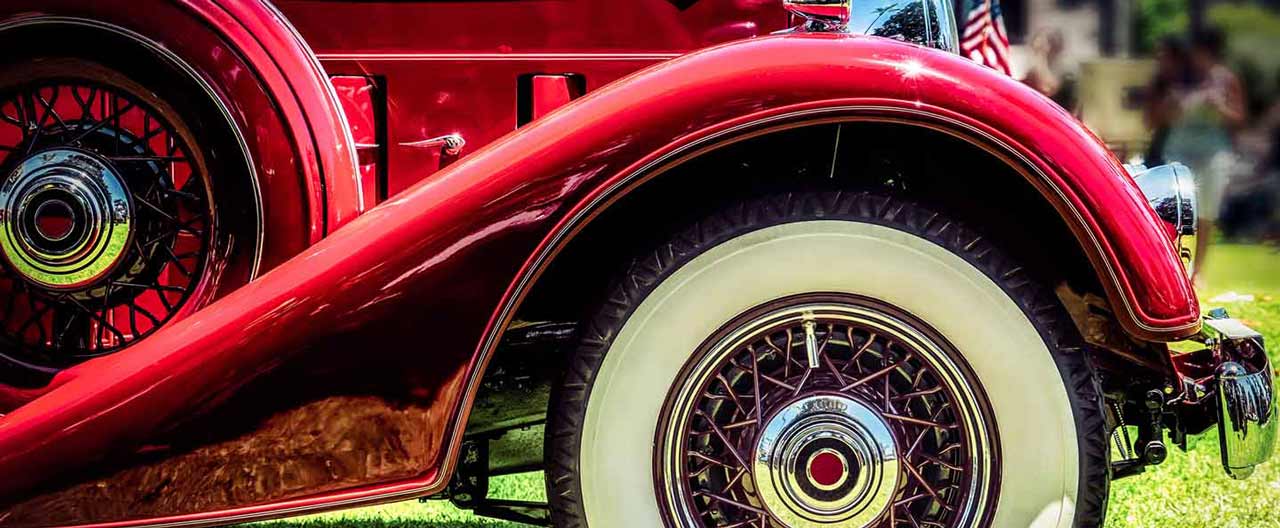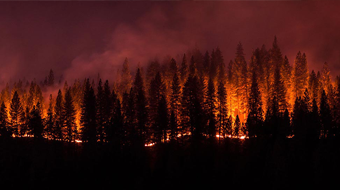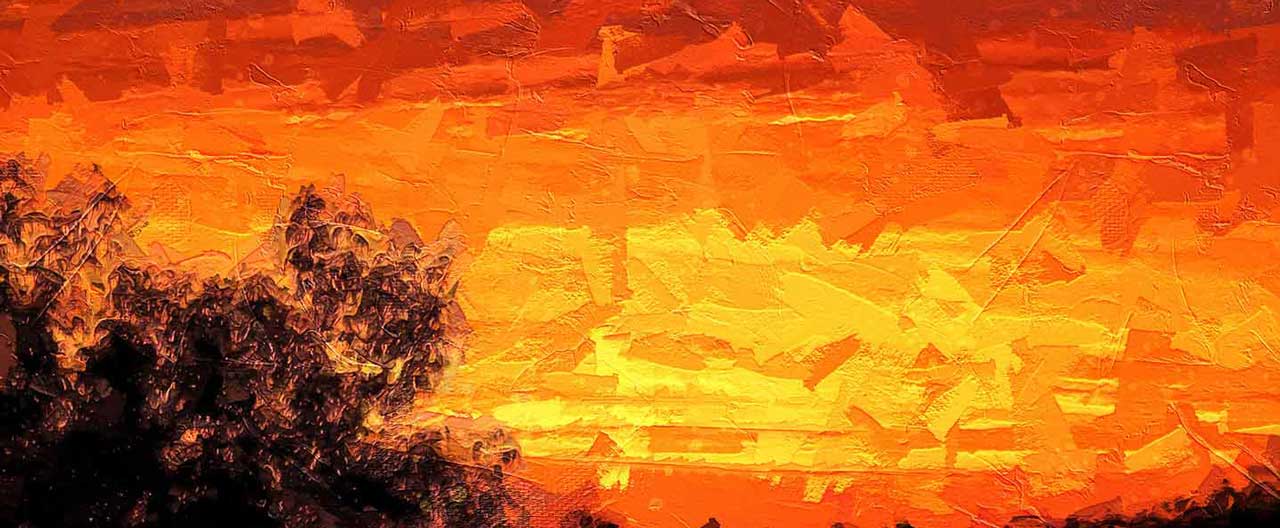Wildfire seasons are increasing in length each year, with fires that bring strong winds, flying embers, smoke, and large flames. With a little planning, you can help protect your home, art and other collectibles from a wildfire. Below are a few tips to get you started:
- Make sure the fire department has access to your property. If your residence is gated, contact the fire department each year to share gate codes, talk about how they will access gates during a power outage, and make sure they have enough driveway clearance.
- Ensure your property address is clearly visible from the road, with illuminated numbers and/or a contrasting background. This helps emergency responders identify your property quickly.
- Clearly mark hydrants and water sources on or near your property. Work with your local fire department to determine water sources outside your property lines.
- Check your alarms. Each year inspect your home and property to ensure that alarm systems, such as smoke detectors, are functioning properly.
- Reduce indoor air pollution. Set up a portable air cleaner with a high-efficiency (high MERV) or HEPA filter.
- Install windows and doors with dual-paned tempered glass.
- Install rooftop sprinklers. Rooftop sprinklers can create a wet barrier around your home and immediate surrounding property if a fire is near, helping protect your home and property.
- Clear debris. Make sure roofs, gutters, and areas under decks and stairs are cleared of leaves, pine needles, and other debris.
- Fireproof the roof. Contact a licensed contractor to retrofit all vents with ember- resistive vents that are 1/16 - 1/8-inch-thick metal mesh and/or cap roof tiles with mortar or bird stops.
- Create a defensible space. Properly manage vegetation to provide a defensible space that is within 500 feet of your home. This includes pruning tree limbs and creating proper horizontal and vertical spacing between vegetation. Consult with your local or state fire agency for appropriate defensible space guidelines in your area. View our infographic for ideas and tips on how to create defensible space.
- Incorporate firewise landscaping. Firewise landscaping creates a space that is less vulnerable to fire, using fire-resistant plants for the area around your home. Consult with a professional landscaper or your local fire department to find out the best plants to choose for your area.
- Regularly review your insurance schedule. Confirm that values are up to date and all recent acquisitions have been added to your policy.
- Document your collection. Include photographs, detailed item descriptions, and purchase information, including invoices, certificates, recent appraisals, and other paperwork. Maintain a digital backup and make sure your broker has a copy.
- Store important documents in a fireproof safe with a minimum 1-hour fire rating. Include hard copies of invoices, certificates, appraisals, and ancillary documents.
- Install artwork on interior walls or in interior rooms. Since windows are susceptible to heat from a wildfire even before a home ignites, consider having artwork professionally installed on interior walls or in an interior room, avoiding large window exposure. This can help protect against damage from broken glass, soot, and smoke.
- List emergency vendors. Develop a list of vendors, with email and cell phone numbers, that you may need in an emergency, including fine art shippers and handlers, conservators, and art storage facilities.
- Establish an evacuation plan for select items. Work with a vetted fine art handling and storage company to create a list of priority items for emergency evacuation, and a map with the location of these items in the home and on the property. Include transit plans, prefabricated crates and protective packing materials, and a secure place for temporarily relocating the collection.
- Identify a secure area for temporary on-site storage. If your collection needs to be temporarily stored on site, you should have a designated area with few to no windows, as that can help protect against smoke or soot damage.
- Prepare outdoor spaces too. Make sure outdoor sculptures are properly maintained and surrounding landscape is managed to create a space that is less vulnerable to fire.
- Review your emergency response plan. Go over your plan with your property manager and staff on an annual basis, and provide professional training for any staff that may be handling artwork or valuable collections.
- Prepare an emergency response kit specifically for your collection. Some items may be difficult to obtain in the event of an emergency, so buy them ahead of time because they can be used to help prevent further damage to your collectibles. Your kit should include:
- Gloves – powder-free nitrile gloves for most art and heavy work gloves for outdoor sculptures
- Scissors/box cutters
- Acid-free cardboard, packing paper and painter’s tape
- Pencils, markers, and notepad
- Flashlights and batteries
- Portable chargers for cell phones
- Fans
- Extension cords
- Foam blocks (to elevate artwork)
- Plastic buckets
- Wet/dry vacuum
- Chamois cloth
- Towels
- Portable generator if you do not have a permanently installed generator
- Dehumidifier
Final preparations and last-minute steps
If a wildfire threatens your area, here are some final actions you can take. As a reminder, your safety is most important. Please obey all local authorities and stay tuned for updates.
- Clear debris. Clear all leaves, needles, and other debris from roof, gutters, underneath decks and around the perimeter of the home.
- Store artwork. Consider removing artwork from exterior walls or walls near or facing windows, and store it in a predetermined interior space to help protect against damage from broken glass, smoke, and soot.
- Shut all interior doors and windows in the home. Check that all exterior doors, garage doors, and windows are closed.
- Disengage your garage door opener. Make sure you are able to open and close your garage door easily to evacuate the home should the power go out.
- Remove all flammable window treatments.
- Close HVAC return vents and registers. This will help prevent smoke and soot from entering the house.
- Protect outdoor sculptures. If possible, move outdoor sculptures inside and use an irrigation system to wet areas around remaining works.
- Activate outdoor or rooftop sprinkler systems. This will help slow the fire from advancing to your home and surrounding property.
- Secure your home. When you leave, make sure your home is secure and notify any staff about the evacuation.
Additional resources
You can find additional resources and guidelines for preparing your home for wildfire on the following websites:
Insights and expertise
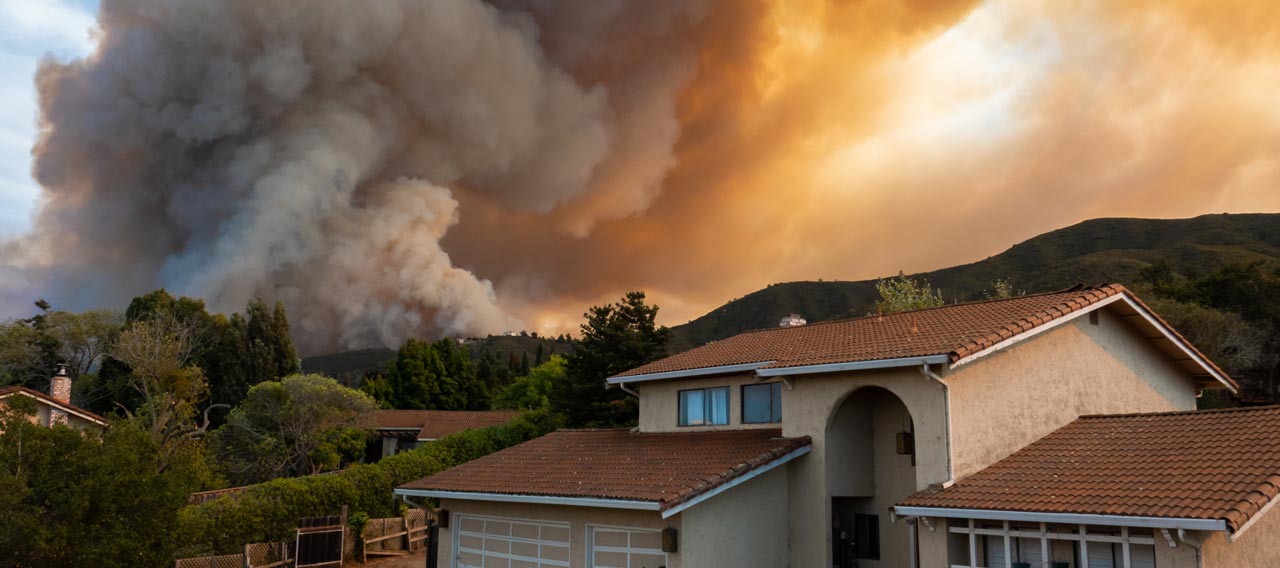
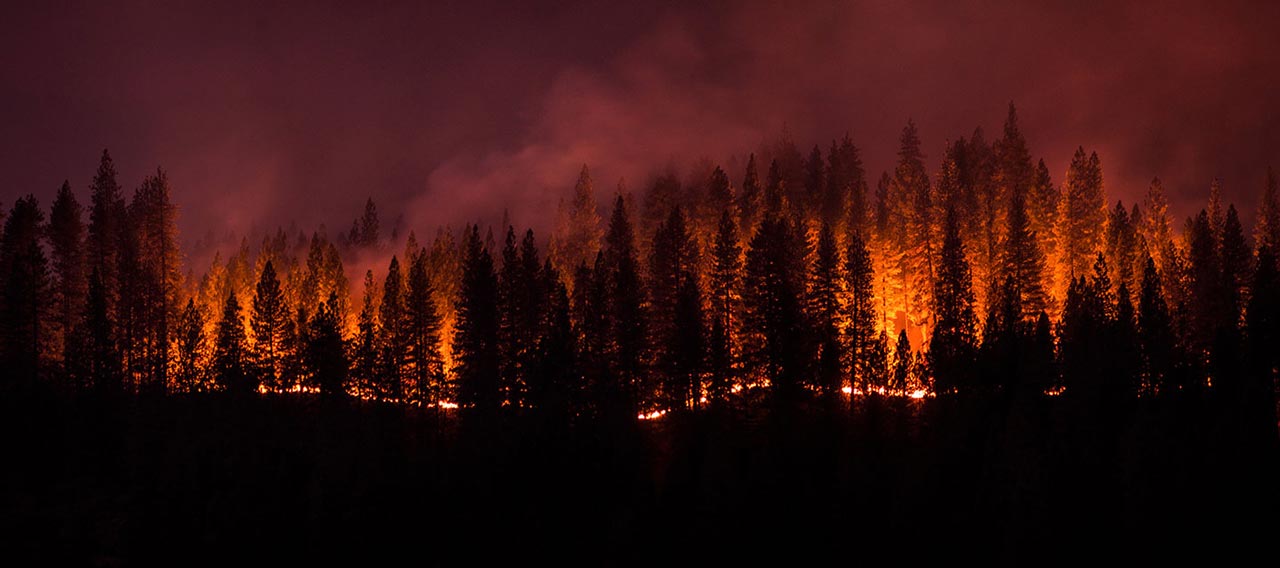
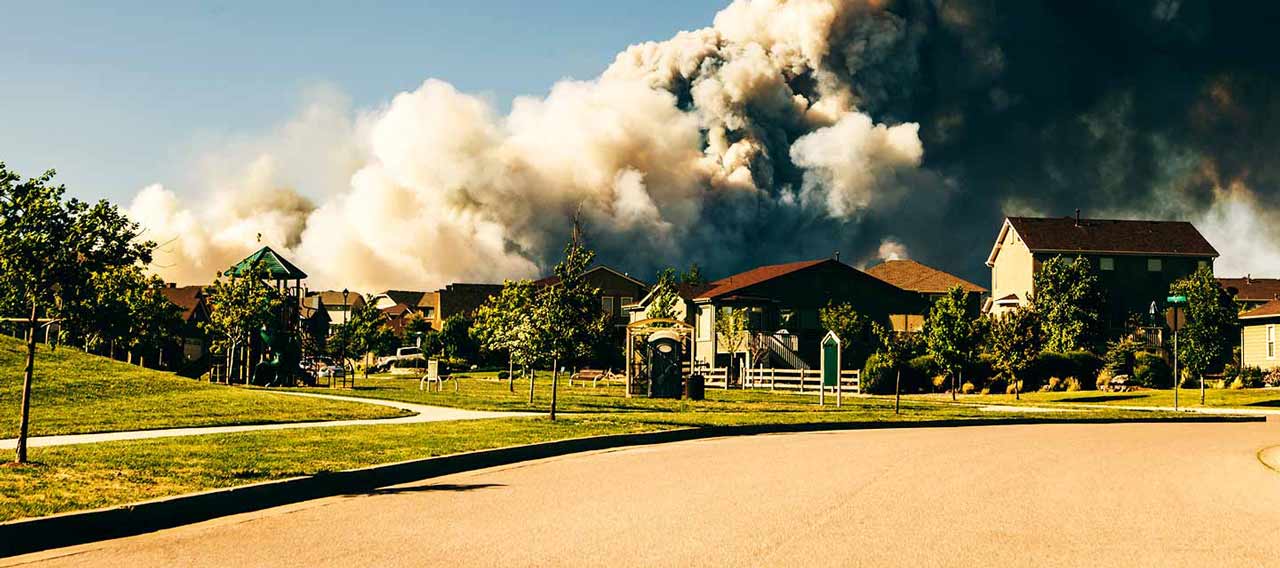
This document is advisory in nature and is offered as a resource to be used together with your professional insurance advisors in maintaining a loss prevention program. It is an overview only, and is not intended as a substitute for consultation with your insurance broker, or for legal, engineering or other professional advice.
Chubb is the marketing name used to refer to subsidiaries of Chubb Limited providing insurance and related services. For a list of these subsidiaries, please visit our website at www.chubb.com. Insurance provided by Chubb Insurance Company of Canada or Chubb Life Insurance Company of Canada (collectively, “Chubb Canada”). All products may not be available in all provinces or territories. This communication contains product summaries only. Coverage is subject to the language of the policies as actually issued.


